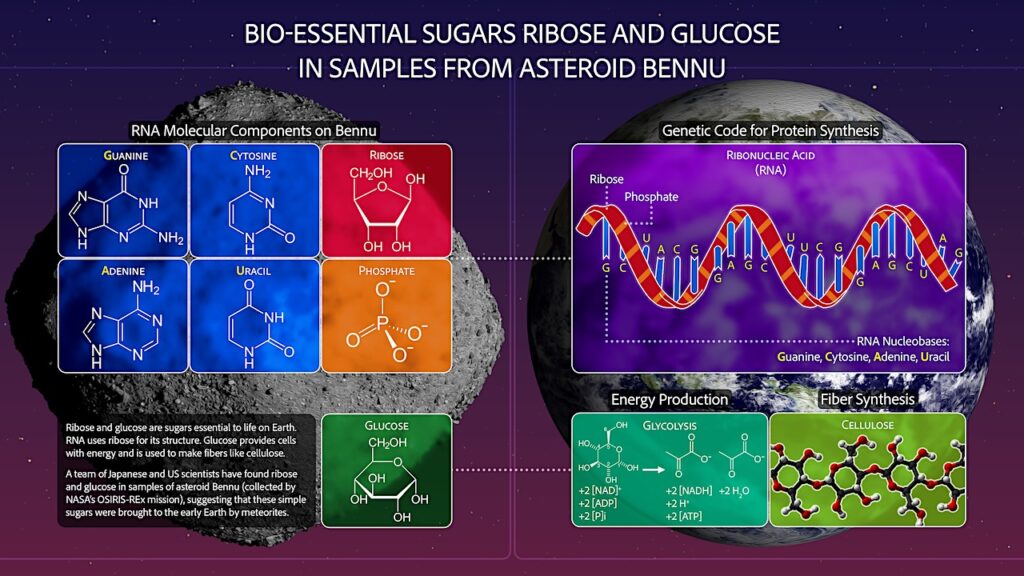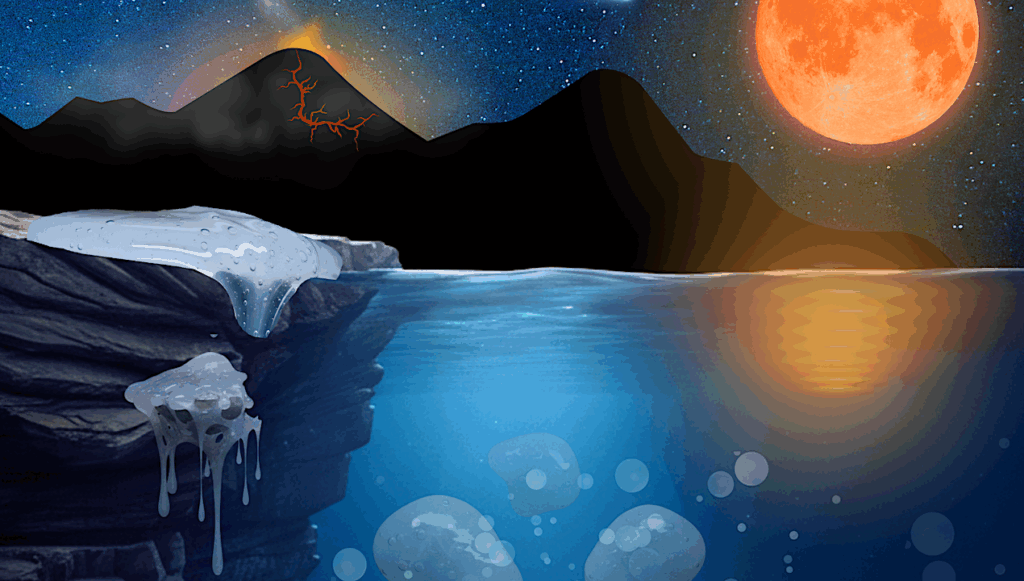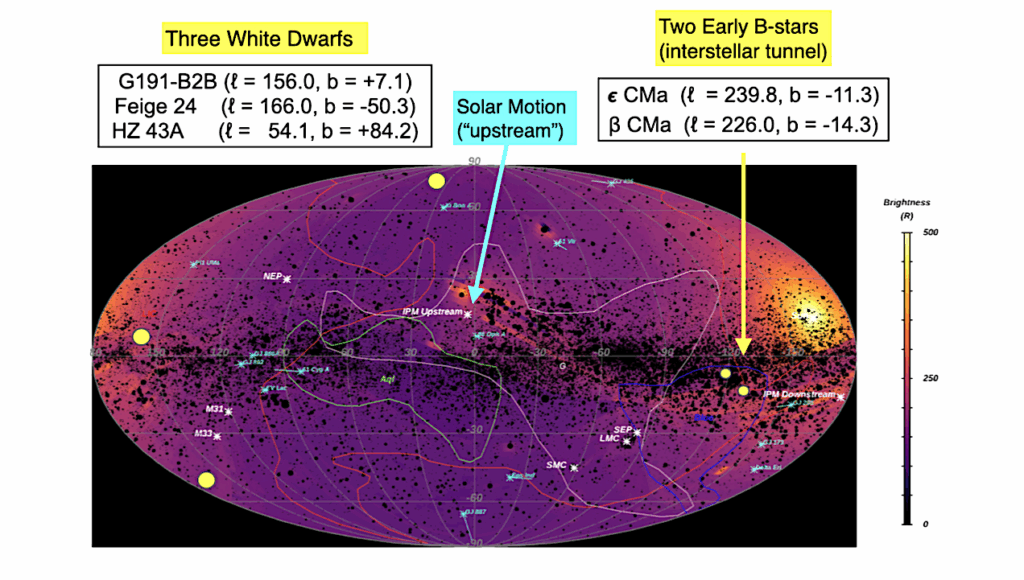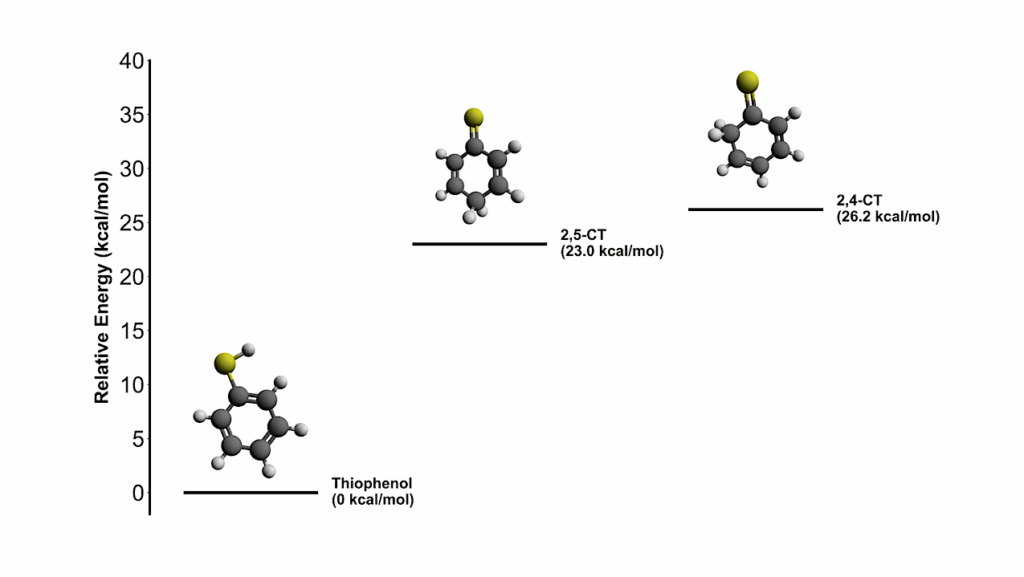Insights on the Formation Conditions of Uranus and Neptune from their Deep Elemental Compositions

This study, placed in the context of the preparation for the Uranus Orbiter Probe mission, aims to predict the bulk volatile compositions of Uranus and Neptune. Using a protoplanetary disk model, it examines the evolution of trace species through vapor and solid transport as dust and pebbles.
Due to the high carbon abundance found in their envelopes, the two planets are postulated to have formed at the carbon monoxide iceline within the protosolar nebula. The time evolution of the abundances of the major volatile species at the location of the CO iceline is then calculated to derive the abundance ratios of the corresponding key elements, including the heavy noble gases, in the feeding zones of Uranus and Neptune. Supersolar metallicity in their envelopes likely results from accreting solids in these zones.
Two types of solids are considered: pure condensates (Case 1) and a mixture of pure condensates and clathrates (Case 2). The model, calibrated to observed carbon enrichments, predicts deep compositions. In Case 1, argon is deeply depleted, while nitrogen, oxygen, krypton, phosphorus, sulfur, and xenon are significantly enriched relative to their protosolar abundances in the two planets. Case 2 predicts significant enrichments for all species, including argon, relative to their protosolar abundances.
Consequently, Case 1 predicts near-zero Ar/Kr or Ar/Xe ratios, while Case 2 suggests these ratios are 0.1 and 0.5-1 times their protosolar ratios. Both cases predict a bulk sulfur-to-nitrogen ratio consistent with atmospheric measurements.
Olivier Mousis, Antoine Schneeberger, Thibault Cavalié, Kathleen E. Mandt, Artyom Aguichine, Jonathan I. Lunine, Tom Benest Couzinou, Vincent Hue, Raphaël Moreno
Comments: Accepted for publication in the Planetary Science Journal
Subjects: Earth and Planetary Astrophysics (astro-ph.EP)
Cite as: arXiv:2406.11530 [astro-ph.EP] (or arXiv:2406.11530v1 [astro-ph.EP] for this version)
Submission history
From: Olivier Mousis
[v1] Mon, 17 Jun 2024 13:29:59 UTC (967 KB)
https://arxiv.org/abs/2406.11530
Astrobiology








